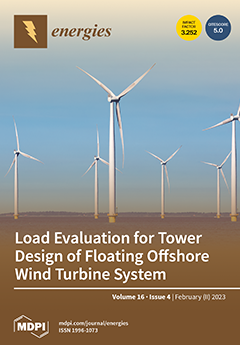Pyrolysis of crude oil is an important way to generate natural gas. However, the current analysis of pyrolysis gas carbon isotopes and the study of gas generation dynamics are not unified, and the genesis and accumulation of gas reservoirs are needed to conduct in-depth discussions. Therefore, Tarim crude oil samples in China were selected to perform thermal simulation experiments using an autoclave. The pyrolysis hydrocarbon production yield, carbon isotope characteristics and gas-generation process of crude oil samples in Tarim Basin were studied by GC-MS, FT-IR and carbon isotope analysis, respectively. The compositions of the Tarim Oilfield were determined, including the 83.69% content of hydrocarbons, the 14.08% content of aromatic compounds, and lower than 3% content of heteroatom compounds. The non-monotonic linear relationship of C
2-5 isotopes may be due to the complexity of crude oil, and the formation of gaseous hydrocarbons can be divided into three stages. The results showed that the δ
13C distribution range of C
2-5 hydrocarbons was −40.5% to −10.5%, and the δ
13C distribution of methane was −53.3% to −27.4%. The lowest δ
13C value for methane occurs at 350 °C, and the corresponding carbon isotope value is −53.3%. When the pyrolysis temperature range is 250–300 °C, crude oil undergoes volatilization and preliminary pyrolysis, and the C
4-5 output exceeds 95%. When the temperature rises to 300–500 °C, the aliphatic hydrocarbon chain in crude oil begins to crack, the side and branch chains of aromatic and heteroatomic compounds are broken, and C
4-
5 begins to crack to form C
1-3. Finally, the temperature rises to 500–600 °C, and C
3-5 begins to deeply crack into C
1-2, and eventually all is converted to methane.
Full article





